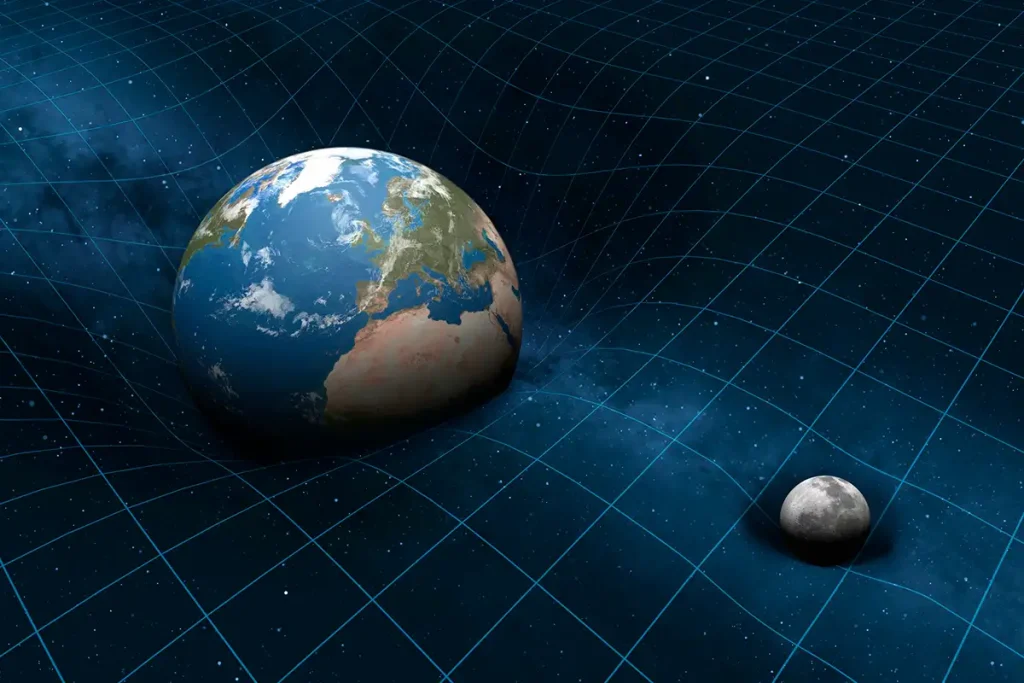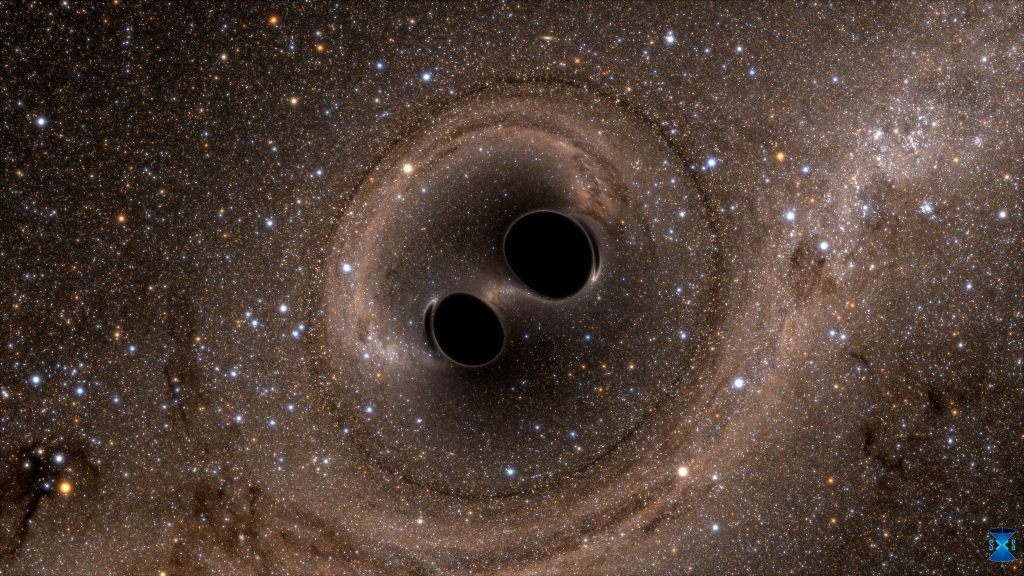
Imagine dropping your phone. No matter where you are on Earth, it’s going to fall down, not up. You don’t have to think twice about it—it’s just what things do. But why? What invisible force pulls everything towards the ground, keeps planets in orbit, and makes stars dance in galaxies? That, my friend, is gravity.
We often take gravity for granted because it’s always working, quietly holding our world together. But once you start to really think about it, gravity becomes one of the most mind-bending mysteries of the universe. It’s simple in experience but complex in theory. Let’s dive deep into how gravity works, why it exists, and how it’s much more than just a force pulling you down to Earth.
The Everyday Experience of Gravity
From the moment we’re born, we learn to live with gravity. We crawl, we fall, we learn to walk—and throughout it all, gravity is the invisible glue anchoring us to the planet. It affects every single thing with mass. That apple falling from the tree, the tides in the ocean, and even the way we launch rockets into space—gravity is behind it all.
For everyday purposes, we rely on Sir Isaac Newton’s version of gravity. You’ve probably heard the story of the apple falling on his head. While it’s likely a myth, it represents a turning point in science. Newton proposed that every object in the universe pulls on every other object. The bigger the object, the stronger the pull. That’s why we stay grounded on Earth, and the Moon doesn’t fly off into space.
Gravity: The Newtonian View
Newton’s law of universal gravitation was simple but brilliant. It could predict the motion of planets, the behavior of falling objects, and even the tides. According to him, gravity is a force between two objects with mass. The strength of this force depends on the mass of the objects and the distance between them. Double the mass, double the force. Increase the distance, and the force weakens rapidly.
But while Newton’s theory explained what gravity does, it didn’t explain why gravity exists in the first place. What is this invisible force? How does it travel? What causes it? These questions remained unanswered until a curious clerk at a Swiss patent office took the stage.
Einstein’s Revolutionary Idea: Gravity as Geometry
Enter Albert Einstein. In 1915, he shattered the Newtonian view with his General Theory of Relativity. Einstein didn’t just tweak Newton’s ideas—he reimagined gravity completely. According to Einstein, gravity isn’t a force at all. It’s a result of the way mass curves space and time.
Here’s the analogy: Imagine space-time as a giant trampoline. When you place a bowling ball (representing a planet) on it, the surface curves. Now, roll a marble (a smaller object like a satellite) nearby, and it will spiral toward the ball—not because there’s a string pulling it in, but because the surface is warped. The marble is simply following the curve.
This warping of space-time explains not only why things fall but also how massive objects like stars and black holes bend light. Gravity, in Einstein’s world, is geometry in action. It’s the shape of the universe reacting to mass and energy.
Gravity and Light: A Strange Relationship
One of the strangest things Einstein predicted was that gravity affects light. Even though light has no mass, it still “feels” gravity. This was proven during a solar eclipse in 1919 when astronomers observed starlight bending around the sun. The discovery was a scientific triumph and made Einstein a household name overnight.
Even more bizarre, gravity can make time tick differently. Clocks closer to a massive object—like Earth’s surface—tick more slowly than those further away. This isn’t just theory; it’s a fact. GPS satellites, for example, must constantly adjust their timing to account for the slight differences in gravitational time dilation. Without this, your Google Maps would be off by miles.
Gravity in the Cosmos

The effects of gravity are far-reaching. It’s the reason galaxies form, stars are born, and black holes exist. When stars run out of fuel, gravity can collapse them into ultra-dense objects like neutron stars or black holes—regions of space with gravity so intense that nothing, not even light, can escape.
Then there’s dark matter, an invisible substance we can’t see but know exists because of its gravitational pull on galaxies. Without it, the way galaxies spin makes no sense. And let’s not forget gravitational waves—ripples in space-time first detected in 2015, caused by violent cosmic events like merging black holes. Einstein predicted them a century ago, but we only recently confirmed they’re real. That’s how mind-blowingly powerful gravity can be.
Gravity vs. the Other Forces
You might be wondering: if gravity is so important, is it the strongest force in the universe? Ironically, it’s the weakest of the four fundamental forces. Compared to electromagnetism or the strong nuclear force, gravity is a featherweight. You can pick up a paperclip with a tiny magnet and overpower the entire planet’s gravity!
But gravity’s weakness is its strength. It only pulls, never pushes, and it affects everything with mass. Because of that, gravity dominates on the largest scales—planets, stars, galaxies, and the entire cosmos.
Can We Escape Gravity?
Technically, yes. That’s what space missions are all about. To leave Earth, a rocket needs to reach what’s called “escape velocity” — about 11.2 kilometers per second. Once it reaches that speed, it can break free from Earth’s gravitational grip. But it’s not truly “escaping” gravity, just transferring into a different gravitational dance—perhaps around the Moon, Mars, or the Sun.
Interestingly, we’re also constantly “falling” through space. Earth orbits the Sun because it’s falling toward it but also moving forward fast enough that it keeps missing it—like a cosmic slingshot.
The Future of Understanding Gravity
Even with Einstein’s theory and decades of study, we still don’t fully understand gravity. It doesn’t fit well with quantum mechanics—the set of rules that govern the tiniest particles. Physicists are trying to create a theory of “quantum gravity” to bridge the gap between the very large and the very small. One candidate is string theory, which imagines particles as tiny vibrating strings in extra dimensions. It’s fascinating, but still speculative.
What we do know is that gravity is central to the universe’s story. It pulls stars together, bends space and time, and might even determine the fate of everything we know. Whether the universe keeps expanding or collapses in on itself—gravity will be the deciding factor.
Final Thoughts
So, next time you drop something or see the Moon glowing in the sky, remember—you’re witnessing gravity in action. It’s one of the oldest, most familiar forces we know, yet it holds some of the deepest cosmic secrets. From falling apples to bending light, gravity connects us all in ways we’re only beginning to grasp.
Leave a Reply